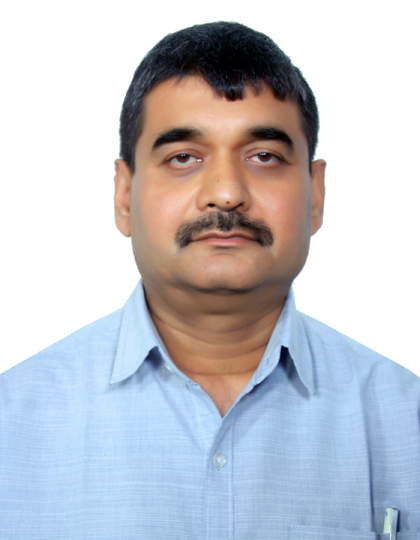Know about the work of National Schedule Tribes Finance and Development Corporation.
We tell you about the initiatives and plans taken up for the betterment of the Scheduled Tribes by the National Scheduled Tribes Finance and Development Corporation (NSTFDC), an apex organisation of Ministry of Tribal Affairs in India.
In conversation with MR. ASIT GOPAL, CHAIRMAN-CUM-MANAGING DIRECTOR, National Scheduled Tribes Finance and Development Corporation.

What are the key initiatives taken by your Corporation for the development of Scheduled Tribe Communities?
National Scheduled Tribes Finance & Development Corporation (NSTFDC) is a Government of India Undertaking under Ministry of Tribal Affairs which works towards the prime objective to serve as an apex institution for the economic development of Scheduled Tribes (ST).
NMSTFDC has revised eligibility criteria for availing financial assistance with a view to cover more ST beneficiaries. The upper limit on quantum of financial assistance has also been increased to cover capital intensive activities.
The recently launched Scheme to boost the Stand Up India Scheme, a flagship Scheme of Govt. of India. Under this scheme, the eligible ST entrepreneurs are allowed to avail financial assistance of NSTFDC to the extent of 15% of the total project cost for raising margin money. NSTFDC has tied up with Khadi Village Industries Commission to facilitate and help potential ST entrepreneurs to avail benefits under Prime Minister’s Employment Generation Programme.
NSTFDC is continuously making effort to increase its outreach and harness the potential of tribal people who are embedded with indigenous skill sets, through innovation-driven and entrepreneurship-based modern economic system.
Tell us about the CSR activities undertaken by your Corporation for the Scheduled tribes.
NSTFDC is a small corporation and therefore, very limited amount is available for CSR activities but we try to make its optimal use by selecting activities carefully. We focus primarily on health and education of ST population.
The initiatives to address issues pertaining to menstrual and reproductive health of women. We have a project ‘Setting-up of Mini Semi-Automatic Sanitary Napkin Manufacturing Unit’ which is being executed in Pithoragarh, Uttarakhand by a women SHG and monitored by Uttarakhand Gramin Bank, a refinance partner of NSTFDC .We have also taken a project to install vending machines for adolescent girls to procure sanitary napkins in schools of Madhya Pradesh. Apart from this we have financed ambulances to cater to emergency health needs in far flung tribal dominated areas of Odisha, Jharkhand and Andhra Pradesh.
We have another innovative project – Nutrition and Livelihood Generation through Community Centric Entrepreneurship in the Baghmundi Community Development Block which is one of the remotest blocks of Purulia district, West Bengal. The Project focuses on entrepreneurship and livelihood generation apart from addressing one of the most important social issue of malnutrition especially among children and expectant and lactating mothers by making available the low cost nutritional powder named as ‘Nutrimix’. The model involves community participation and installation of a factory unit to produce Nutrimix and selling the product
We have also set up Mini Science Centres in five schools of Jharkhand and Chattisgarh to orient the school students to scientific learning in a better and easier way.
Under CSR we have also undertaken a project through Himmothan Society, a Tata Trust Initiative, to improve the quality of life and income from improved Livestock Wool Craft based interventions in 3 Villages (Nyoma, Mudh & Hanley) of Leh district through construction of solar lambing shed ,promotion of woolen craft based Enterprises taking the Value Chain approach.
Which is your favourite travelled destination in India and why.
My favourite travelled destination in India is Andaman Islands, the reason being its pristine beauty and ability to cater to diverse interests of travellers. My first visit to Andaman was as a trainee Indian Forest Service officer and I was awestruck by the beauty of corals and underwater marine life of this place. The tribal people of Andaman are of special interest to anthropologists in particular as some of them still refuse to get contacted by outside world. But during my second visit to Andaman, I had the rare opportunity of interacting with some people from Jarwa tribe who had become friendly with outside world.

